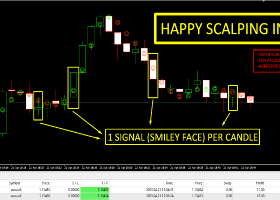
Something to Read - Trading with Intermarket Analysis by John J. Murphy
John J. Murphy

With global markets and asset classes growing even more interconnected,
intermarket analysis—the analysis of related asset classes or financial
markets to determine their strengths and weaknesses—has become an
essential part of any trader's due diligence. In Trading with
Intermarket Analysis, John J. Murphy, former technical analyst for CNBC,
lays out the technical and intermarket tools needed to understand
global markets and illustrates how they help traders profit in volatile
climates using exchange-traded funds.
Armed with a knowledge of how economic forces impact various markets and
financial sectors, investors and traders can profit by exploiting
opportunities in markets about to rise and avoiding those poised to
fall. Trading with Intermarket Analysis provides advice on trend
following, chart patterns, moving averages, oscillators, spotting tops
and bottoms, using exchange-traded funds, tracking market sectors, and
the new world of intermarket relationships, all presented in a highly
visual way.
Intermarket analysis, as the name implies, is the analysis of two
or more related asset classes or financial markets to determine the
strengths or weaknesses of the financial markets or asset classes being
considered. Instead of looking at financial markets or asset classes on
an individual basis, it looks at several strongly correlated markets or
asset classes—most often, stocks, bonds, commodities, and currencies.
Although once viewed with skepticism, intermarket analysis has now
become an accepted part of technical market analysis. Trading with
Intermarket Analysis will show you that it has also become an
increasingly indispensable part of it.


